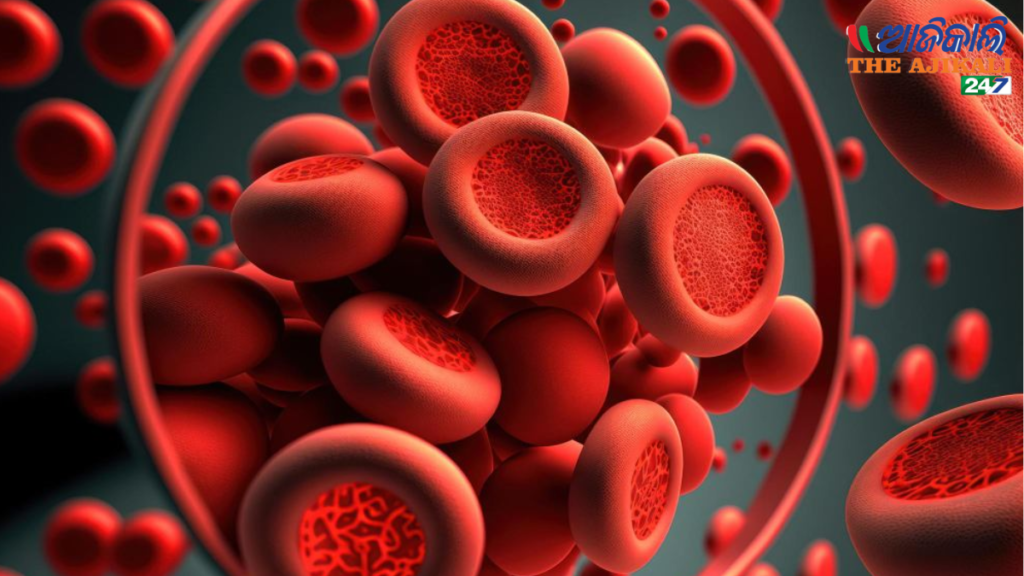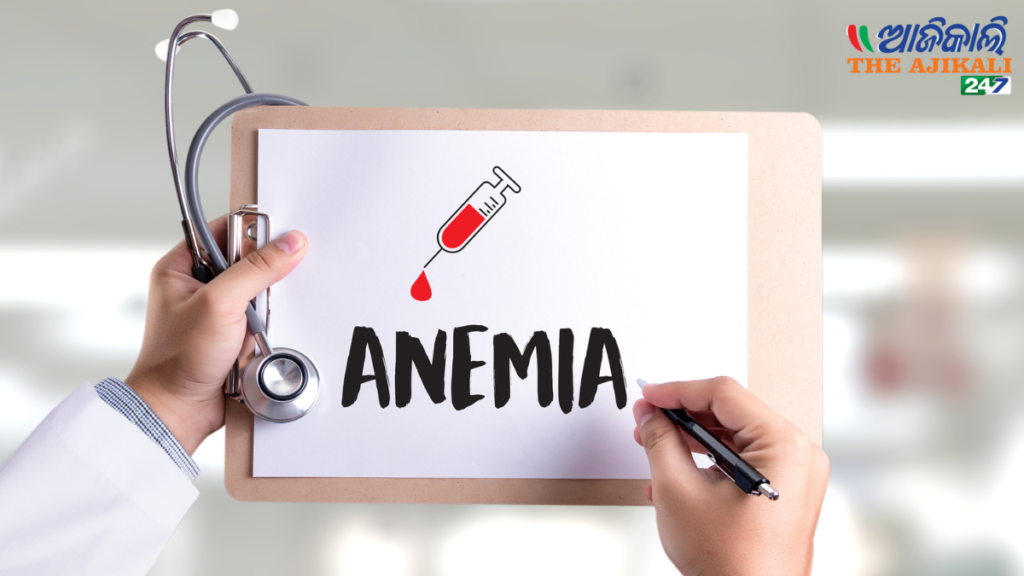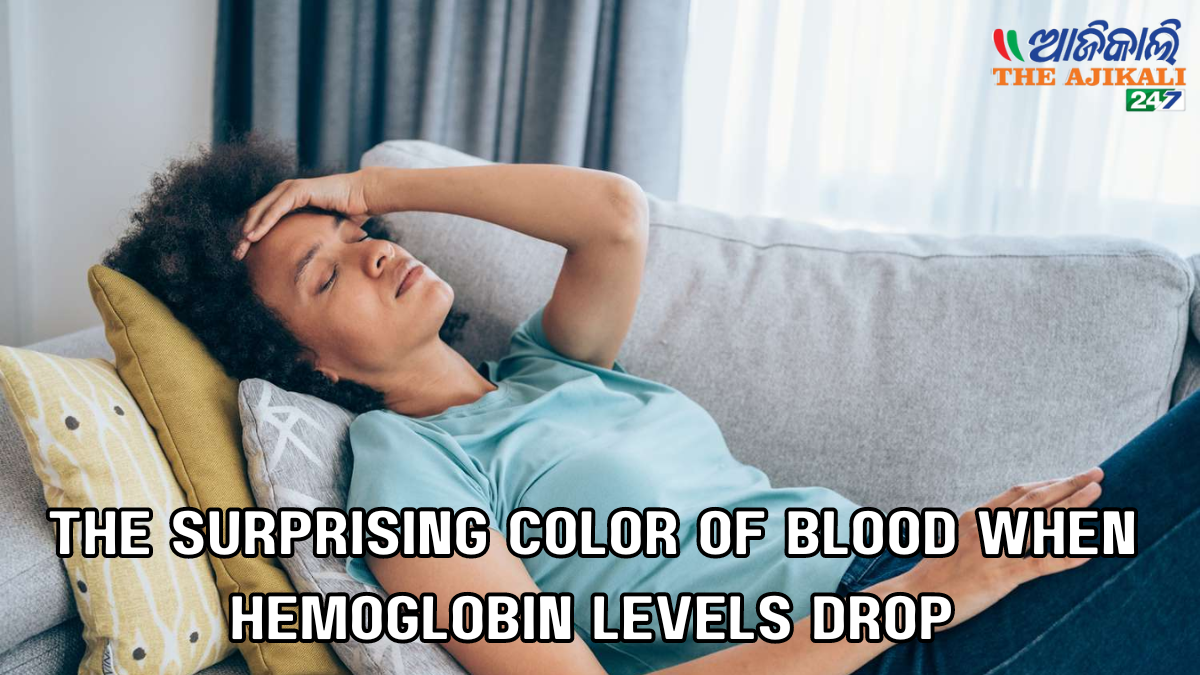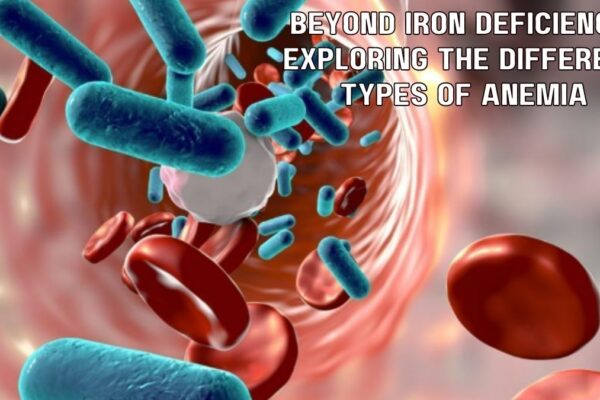Introduction:
When we think of blood, the image that typically comes to mind is a vibrant, crimson red. This color is primarily due to hemoglobin, the iron-containing protein in red blood cells that binds to oxygen. Hemoglobin is responsible for transporting oxygen from the lungs to the rest of the body and returning carbon dioxide from the tissues back to the lungs. But what happens when the levels of hemoglobin in the blood decrease significantly? The answer may surprise you: the color of the blood changes, often becoming much less vivid than the rich red we’re accustomed to.
Understanding Hemoglobin and Its Role:

Hemoglobin is not just a carrier of oxygen; it’s also the pigment that gives blood its characteristic red color. When hemoglobin binds with oxygen in the lungs, it forms oxyhemoglobin, which is bright red. As blood travels through the body and oxygen is released to the tissues, hemoglobin becomes deoxygenated and appears darker, giving venous blood its characteristic deep red or maroon color.
The Impact of Low Hemoglobin Levels:

When the level of hemoglobin in the blood decreases, a condition known as anemia occurs. Anemia can be caused by various factors, including nutritional deficiencies (like iron, vitamin B12, or folate), chronic diseases, genetic disorders, or significant blood loss. Regardless of the cause, the result is a reduced capacity of the blood to carry oxygen, which has several consequences, including changes in the blood’s appearance.
- Paler Blood: With less hemoglobin, blood loses its vivid red color and can appear paler. This is because there are fewer red blood cells, and those that are present contain less hemoglobin. As a result, both oxygenated and deoxygenated blood are lighter in color. In severe cases, the blood can appear almost pinkish.
- Diluted Appearance: When anemia is caused by blood loss, the body may compensate by increasing plasma volume, making the blood more diluted. This further diminishes the intensity of the blood’s color.
Clinical Implications:

The change in blood color due to low hemoglobin is not just a curious phenomenon; it has significant clinical implications. Pale blood is a visual cue for healthcare professionals, signaling potential anemia. This change in blood color is often accompanied by other symptoms of anemia, such as fatigue, weakness, shortness of breath, and pallor of the skin and mucous membranes.
Diagnosing anemia involves blood tests that measure hemoglobin levels, hematocrit (the proportion of blood volume occupied by red blood cells), and mean corpuscular volume (MCV), which indicates the size of red blood cells. These tests help determine the severity and cause of anemia, guiding appropriate treatment.
Treating and Managing Anemia:

Treatment for anemia depends on its underlying cause:
- Iron-Deficiency Anemia: This common type is often treated with dietary changes and iron supplements.
- Vitamin Deficiency Anemias: If caused by a lack of vitamin B12 or folate, supplements and dietary adjustments are necessary.
- Chronic Disease-Related Anemia: Managing the underlying disease can help improve anemia.
- Genetic Conditions: Disorders like sickle cell anemia or thalassemia require specialized treatment plans, which may include medications, blood transfusions, or bone marrow transplants.
Addressing anemia is crucial not just for restoring the blood’s healthy red color but for ensuring that the body’s tissues receive adequate oxygen to function properly.
Conclusion:
The color of blood is a fascinating indicator of its health and functionality. While the vibrant red color of oxygen-rich blood is a sign of normal, healthy hemoglobin levels, paler blood can indicate anemia and a reduced capacity to transport oxygen. Recognizing and addressing the causes of low hemoglobin is essential for maintaining overall health and well-being. So, the next time you think of blood, remember that its color tells a deeper story about the vital processes happening within your body.












